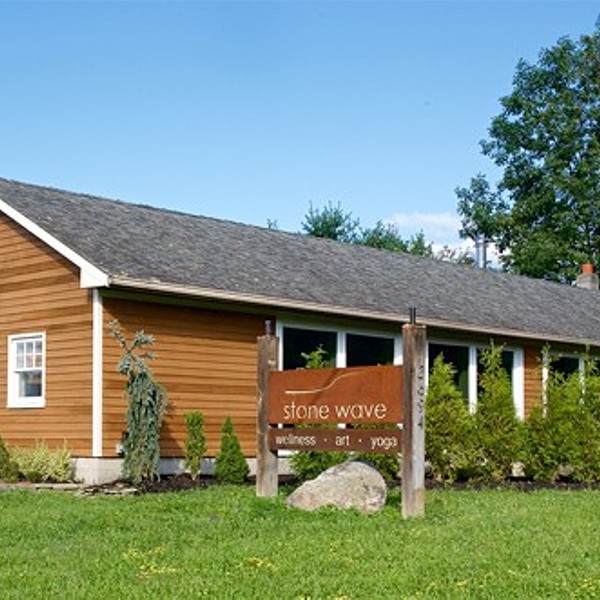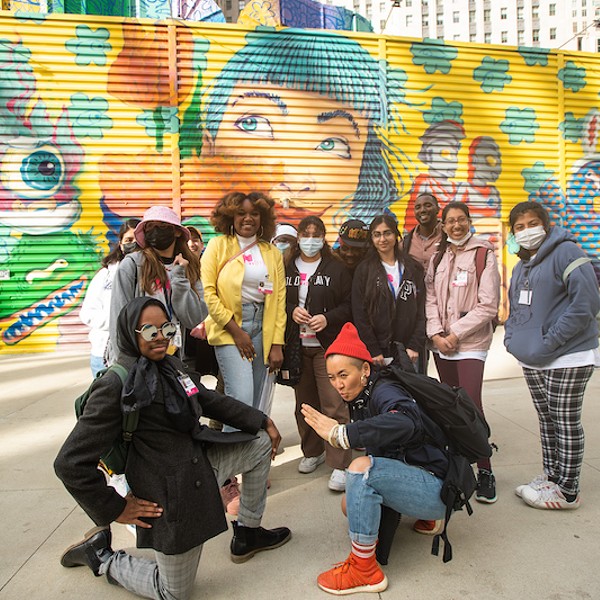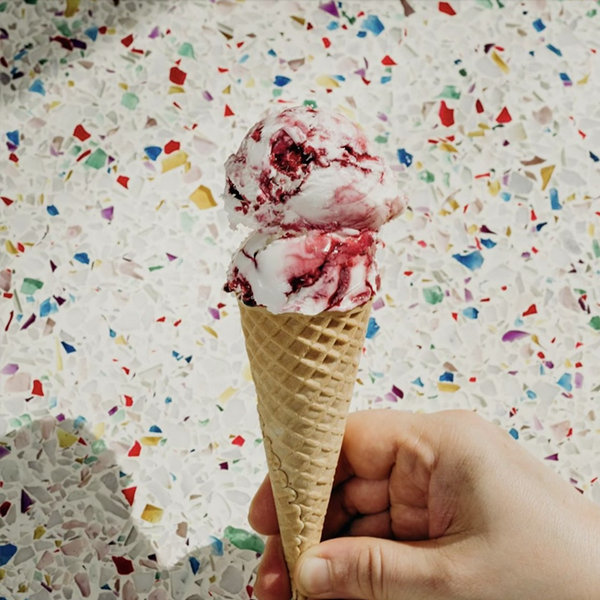If the famed artist-illustrator Norman Rockwell, known for his humorous and inspiring depictions of American life, were alive today, he would certainly be drawn to Cornwall, a town of about 15,000 in northeastern Orange County. From the boisterous motorcades through town whenever the Little League team wins a game, to toddlers dancing as parents stamp their feet at village bandshell concerts, to fresh-faced teenagers selling stacks of mums at the annual autumn street fair, the town epitomizes small-town America.
Situated at the foot of Storm King Mountain, the Town of Cornwall meanders for several scenic miles between busy Route 32 and the Hudson River. With its mix of Victorian-style homes, parkland, municipal buildings, businesses, churches, schools, restaurants, and shops, the town is as inviting as any in the Hudson Valley.
And that’s just the walkable part. On the other side of the highway lie the rolling hills, farmland, and hiking trails of the more rural Mountainville area, which is home to the world-renown Storm King Art Center. With approximately 16,000 people, the town includes the fully incorporated Village of Cornwall-on-Hudson (the Village) and covers some 27 square miles.
Agriculture Comes Full Circle
Norman Rockwell couldn’t ask for a better family to put around his famous Thanksgiving table than the Clearwaters, owners of Jones Farm and Country Store on Angola Road. The farm has been in the same family since Doris Clearwater’s great-grandfather John Jones purchased it from Emily Cromwell in 1914.
Originally a working dairy farm, it later went into poultry and egg production. Today it comprises 85 acres, with 10 acres under cultivation for fruit and vegetables. The family operates a farm and country store, bakery, gift shop, and the adjoining Clearwater’s Frame Shop and Gallery. Doris Clearwater and her husband Belding, now in their mid-eighties, still work 70 hours a week here.
Affectionately known as “Grandma,” Doris will graciously sell you some of the farm’s delicious homemade fudge, apple cider donuts, Linzer tarts, snicker doodle cookies, or carrot cake. Outside, visitors can enjoy the horses, chickens, and ducks the family keeps in a small corral.
“Sometimes, there are three generations behind the counter,” says David Clearwater, who lives with his wife, Terri, on the property and manages the business. His son Kenneth, a teacher, lives a half mile down the road. Daughter Catherine plans to join the business when she finishes college. Noting that they are one of the last farms left in Cornwall, Clearwater comments on a way of life. “Both my kids grew up on the farm, saw their grandparents every day. It’s quite a close, unusual connection,” he says.
If modern times have changed agriculture in the Hudson Valley, several people would like to bring it back to its roots.
Guy Jones, the well-known organic farmer, recently purchased 110 acres of agricultural and fully developed forest land in the Mountainville section of Cornwall, where he has established community gardens.
“We’re trying to create an opportunity for people in the community to learn how to grow their own food; we instruct them on how to plant, maintain a garden, and extend the growing season,” says Jones, who is a partner with his sister, Cindy Jones, in nearby Blooming Hill Farm.
In January 2009, the Cornwall Community Cooperative was established. Its purpose is to bring local and regional food options to the area. Member-owners are given a discount on the meat, produce, dairy products, and other items, which include rice, bread, cereals, and canned goods. The cooperative’s storefront is located in the village, and is presently open Thursday through Saturday.
A Busy Town Center, Then and Now
English navigator Henry Hudson first anchored off of Cornwall in 1609, and the area’s first permanent settlement began in 1684. Scotch and English families made their home in the Canterbury area of town, where the first recorded town meeting was held in 1765. “New Cornwall” officially became Cornwall in 1799, and by the 1830s, Main Street was home to country stores, saddle and harness makers’ shops, wagon makers, blacksmiths, tanneries, and saw, cider, and wool processing mills. There were two beaver hat factories and two Quaker Meeting houses.
One of them, built in 1790, is still in use as the Cornwall Friends Meeting House, located on Quaker Avenue just off Route 32. Each fall, its members hold a colorful, lively craft fair and yard sale. Their vegetarian chilli and homemade cookies are legendary.















